The Context
Learning communities experienced incredible challenges this year due to COVID-19 and the ever-present social unrest in the wake of the murder of George Floyd in Minneapolis. While schools continued to be a place of growth and expansion, they also performed as mental and emotional health centers, basic needs shelters, and places of safety and security in recent years. Indeed, many educators would argue such demands were not new to schools—a trend over the last 40 years. Schools have now become a hub for holistic support for students, families, and the community.
Learning communities, a place where students experience exposure to new ideas, diverse perspectives, material that encourages reflection, dynamic experiences, and opportunities to expand and engage in critical thinking.
The situation was further exacerbated by the pandemic, with increasing pressure for educators and staff to shift to the demands of hybrid and online instruction. We supported the emotional, psychological, and physical safety and well-being of students and families; albeit with limited resources and access to do so well.
In the face of a global pandemic, schools across the country, the Midwest, and the state of Michigan confronted unprecedented challenges during the previous year (2020) and the confrontation continues. Indeed, the year was a difficult experience for the field of education, educators, students, and families; a fact that cannot be overstated.
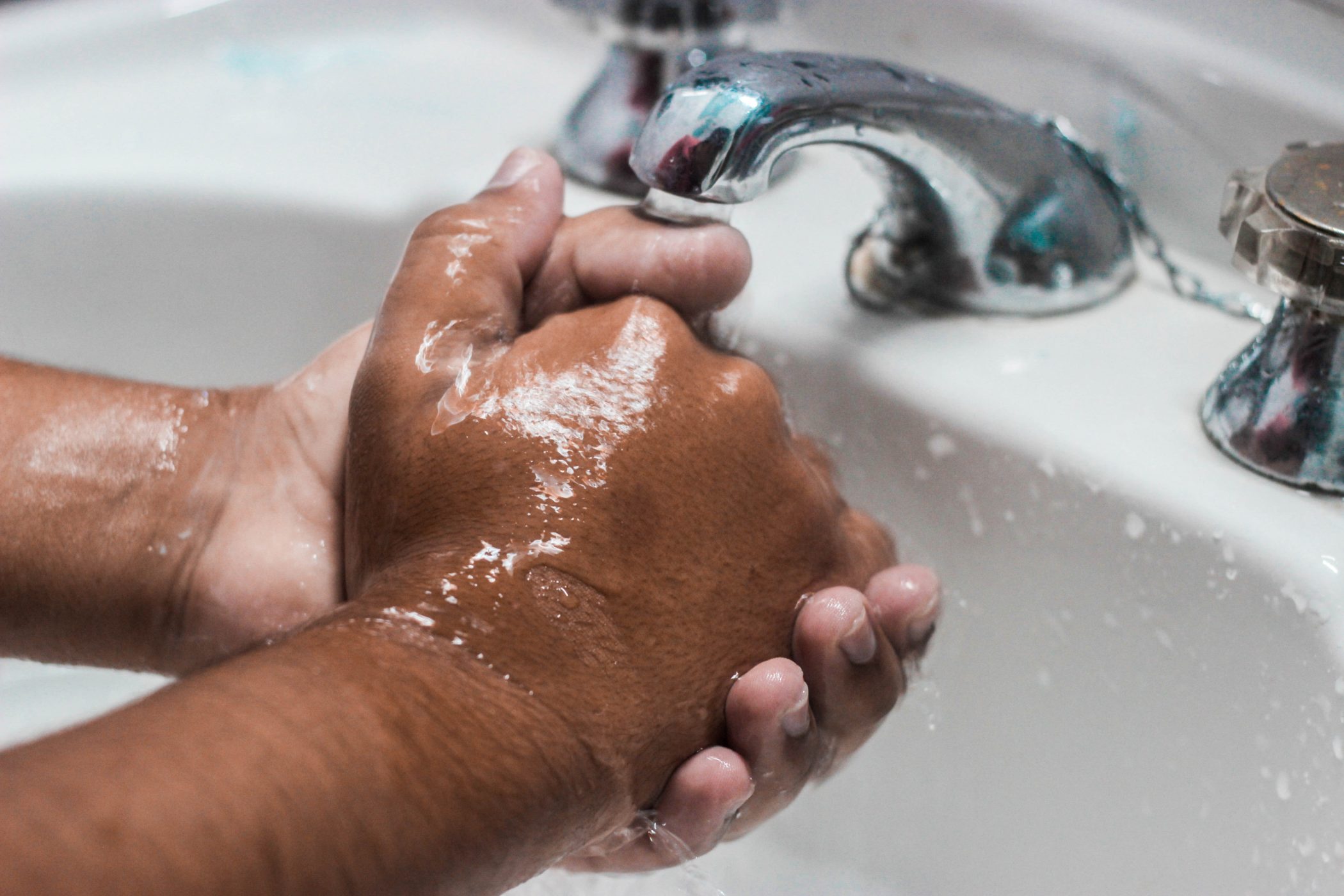
Beyond COVID Anxiety to Mental Health Stressors
Direct and vicarious trauma, chronic stress, grief and loss, hypervigilance to protect, overwhelming emotionality, heightened levels of anxiety, and increased depression and suicidal ideation are just a few of the many residual effects of the pandemic.
For educators, feelings of loss (both personally and professionally), uncertainty, anxiety, and moral guilt about the educational experience of students and their ability to cope with the increasing demands were palpable. From hybrid instruction to learning virtual platforms to an additional 4 to 7 hours of work each day, educators and students bore the brunt with resilience. Altogether, these stressors, despite resiliency, can cause significant mental health challenges.
Today’s Challenge
As educators, we now stand in the face of a new challenge—returning to in-person school to create a new normal—amidst the delta variant and other variants recently speculated. We’re in the midst of a continuing national increase in COVID cases. In response to this present challenge, Boards of Education, central office leaders, and educators work tirelessly to prepare to educate students in a safe learning environment while continuing to exercise grace and dynamic flexibility to respond to the moment.
However, the fact is that students and staff are struggling to manage their emotional and psychological health and safety. Students and adults report heightened levels of stress, reduced self-management skills, and increased needs for support in schools, especially emotionally. This point is certainly not unique to schools [we know schools are microcosms of broader society and situated within communities]. Still, educators and school leaders must be mindful of the stress within the bodies of the students [and staff] daily entering the school doors.
Symptoms of COVID Anxiety
As students and staff return to in-person school, studies show one of the most common reactions is anxiety.
According to Psycom, “Anxiety can have a constellation of symptoms, and no two people experience anxiety in the same way. Some symptoms you might experience can include:
- Sleep problems – Are you having trouble falling or staying asleep?
- Restlessness
- Difficulty with concentration
- Constant worrying or intrusive thoughts
- Irritability with no obvious cause
- Muscle tension
- Recurring stomach upset or headaches
- Overwhelming fatigue
But what more can schools do to respond to student and staff needs? This is a question with which many educators and leaders grapple. Our capacity to support, protect, and intervene is challenged, but our moral obligation and heart for students, staff, and community prompt us to act—but with what tools?
Strategies and Solutions for COVID Anxiety
Anxiety can manifest behaviorally, physically, and emotionally in adults and students. Sometimes, anxiety may manifest in aggressive and hypersensitive behavior. Anxiety is normal and common when we face unknown realities, especially in spaces where we feel vulnerable. Research about anxiety in schools provides several coping skills including deep breathing, stress management techniques, positive self-talk, planning, and creating a routine.
These strategies promote self-awareness and self-regulation, increasing an individual’s ability to effectively engage with others and the material they’re studying in the classroom. The Collaborative for Academic, Social, Emotional Learning (CASEL), a national resource for schools interested in best practices for social-emotional learning (SEL) implementation, provides specific competencies for students. These skills are beneficial to students, but also to staff.
Understanding COVID Anxiety and Coping Strategies
In collaboration with our team, U Prep has provided the network with a resource to better understand anxiety and identify strategies for self-care and working with students using SEL principles.
Indeed, this past year has been an exercise in understanding, developing, and implementing coping strategies reflective of social-emotional competencies (i.e., mindset, critical thinking, self-awareness, social awareness, and regulation) and increased awareness of social-emotional health. These skills are important buffers when dealing with increased stressors and will prove useful in this next chapter; this new normal.
One primary antidote to anxiety [newness] is connectedness. Let’s practice our norms of collaboration and connection to create conditions for teaching and learning that are responsive to the human experience—normalizing the reactions of our colleagues and students and leaning in together to reduce the anxiety we all may feel.
Reaching Out for Help for COVID Anxiety
We encourage you to seek out help if you require support. Please understand that you are not alone and exercise patience with yourself and with your students, but more importantly, be consistent, flexible, and validating.
As a mental health clinician, raising awareness of these tools and strategies has become a strong goal of mine. While most adults think of the end-user for all resources as the students, I tend to think about conditions for teaching and learning, which opens the door for a focus on the people who help the people.
The adults in the schools require an intentional support mechanism that acknowledges their struggles and challenges as human beings and how this might manifest in the workplace. The current trend is wellness, but for people like me, the trend is not what sets the tone. It is the fundamental belief that promoting holistic and well-balanced wellness is a life’s work.
Without wellness, one cannot fully become the best version of themselves. It is with this belief and the alignment between my values and the mission and vision of U Prep that our collaboration makes sense. I am excited to partner with U Prep Schools and the mission and vision of the leadership to create conditions for learning that integrates restorative practices and wellness/SEL to support outcomes for adults and students. 1) Educator wellness, 2) adult competencies, and 3) student outcomes—creating holistic wellness for all.
Let’s get to work!
Our Author
Dr. Karlin Tichenor, Founder, and CEO of Karlin J & Associates, LLC is the lead consultant for Educator Wellness and Social-Emotional Learning for U Prep Schools. He is an expert clinical scholar and practitioner. He is an adjunct professor at Butler University and Abilene Christian University (Dallas), the Co-Owner and Senior Partner of Family Links, LLC, a statewide social services agency, and a graduate of Denison University and Michigan State University with degrees in Communications and Psychology, Marriage and Family Therapy, and Human Development and Family Studies. He is also the previous Associate Superintendent of School Culture in the Lansing School District (MI).
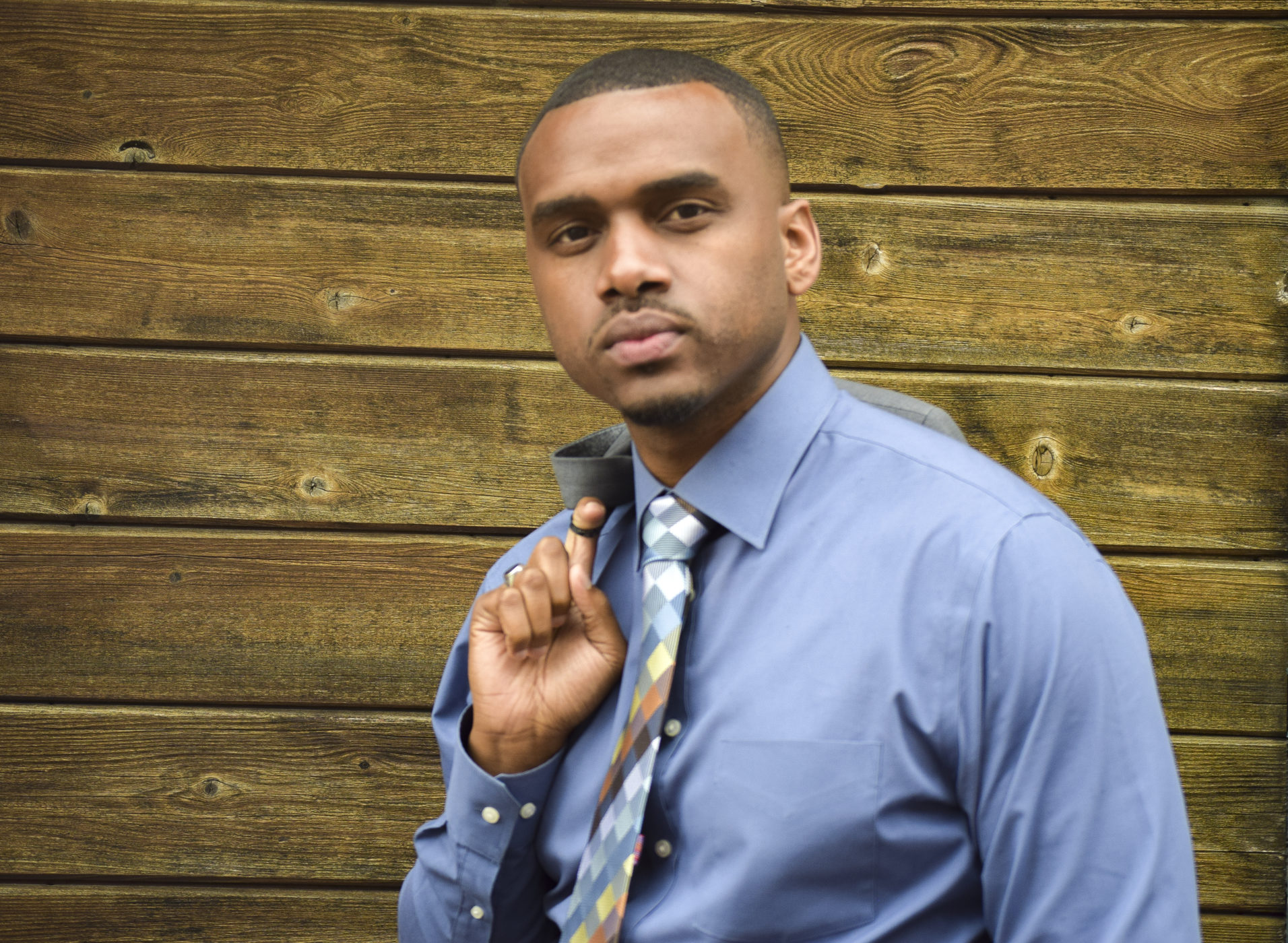
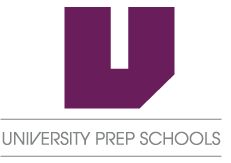
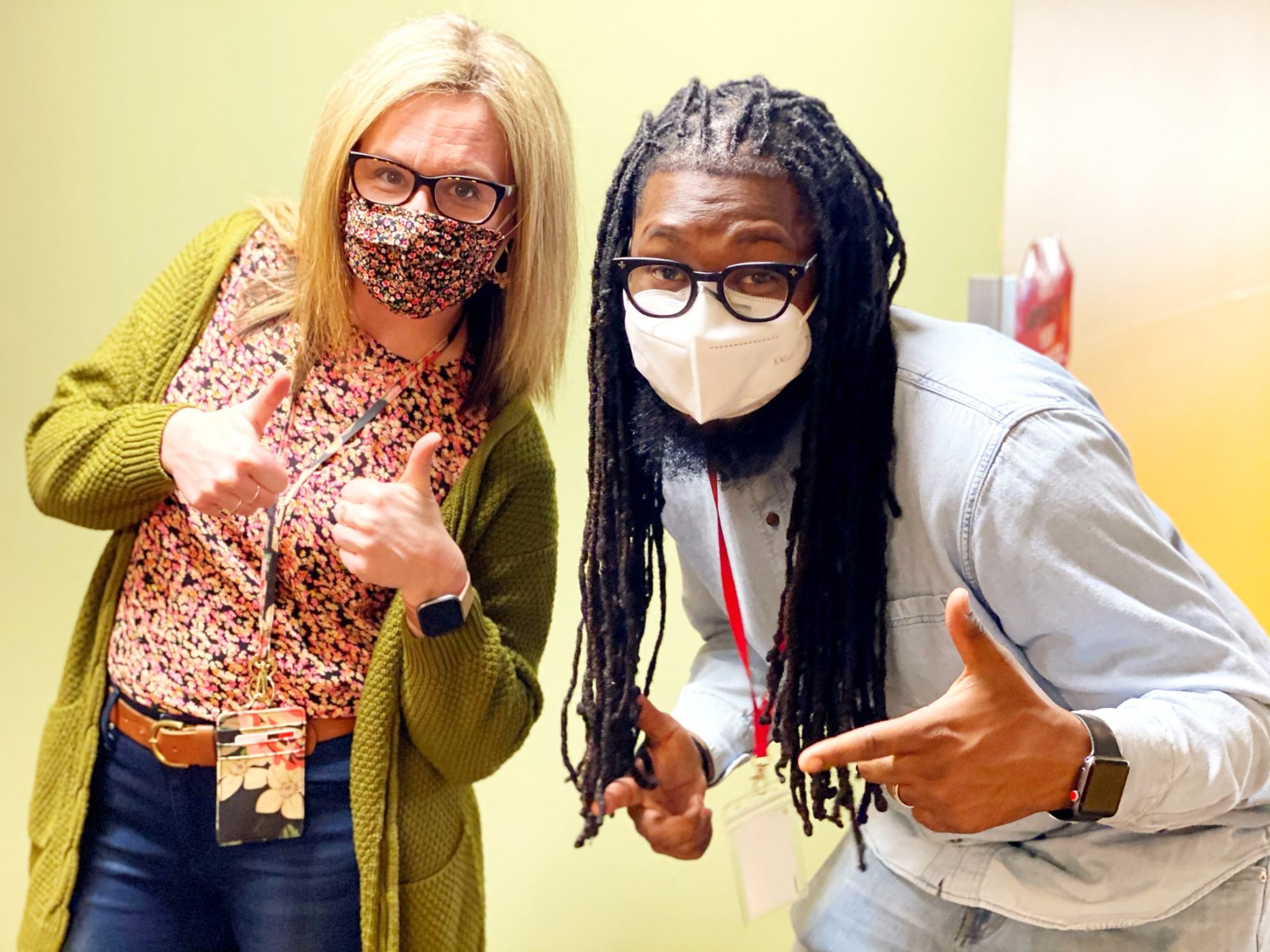
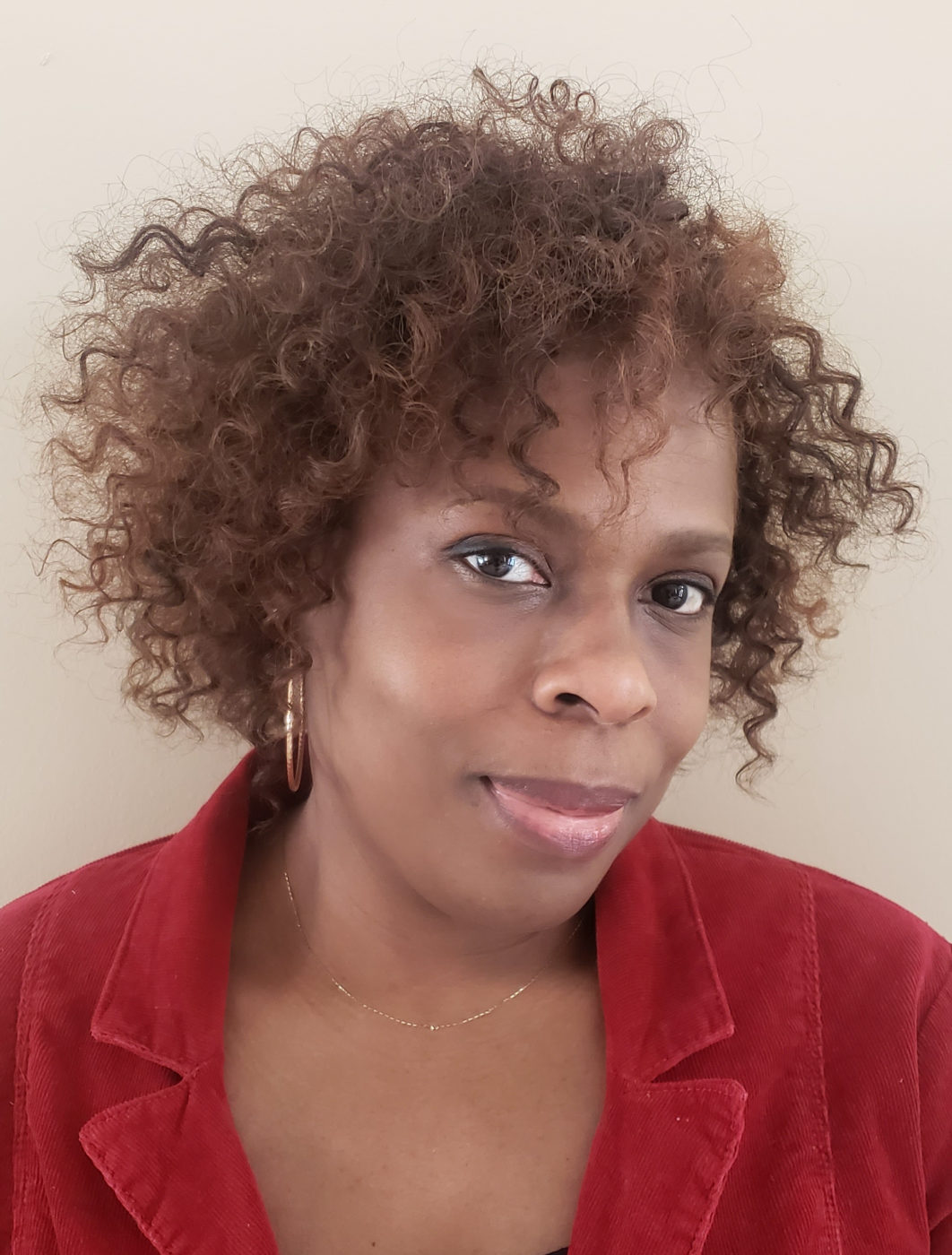
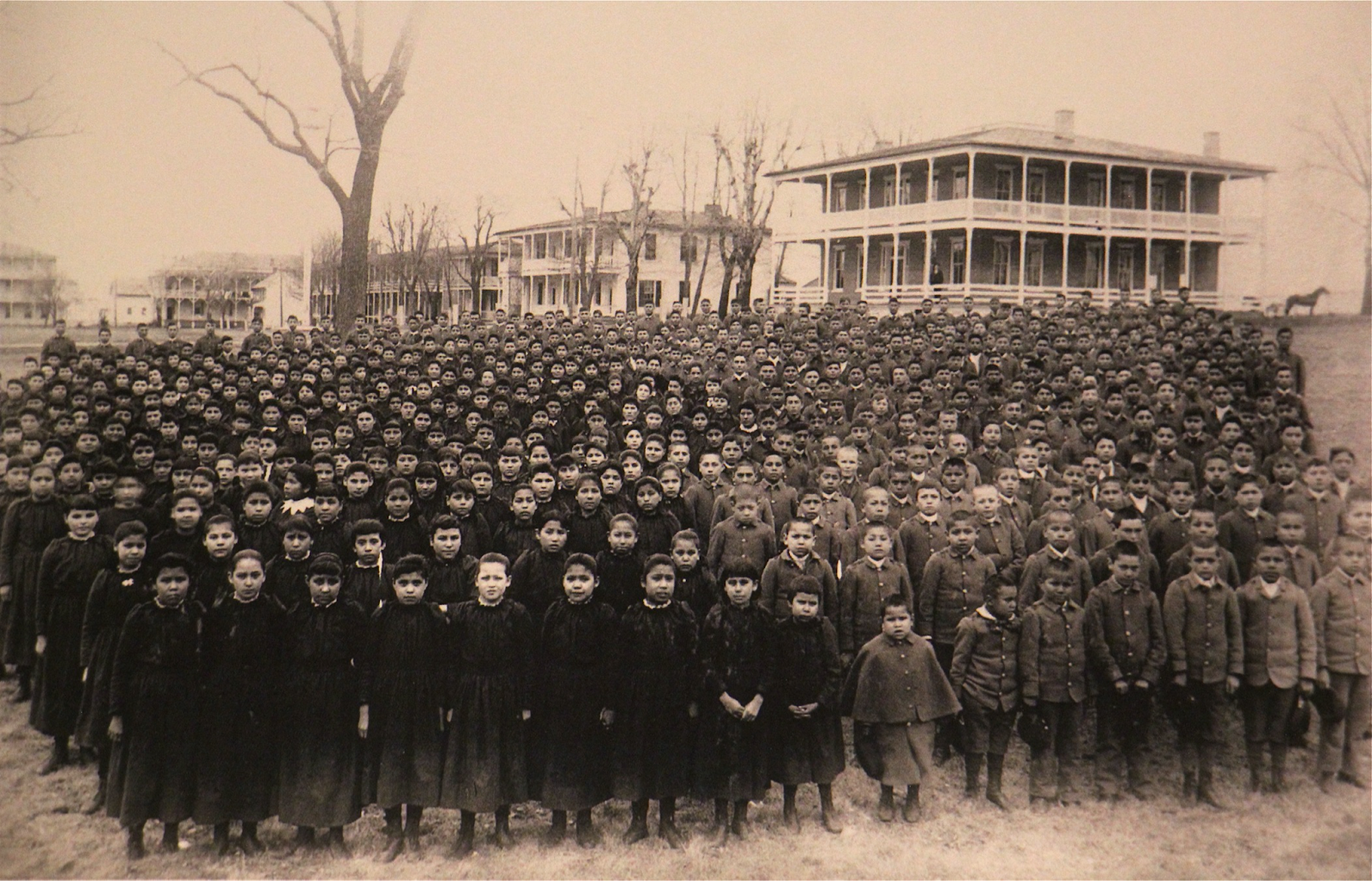
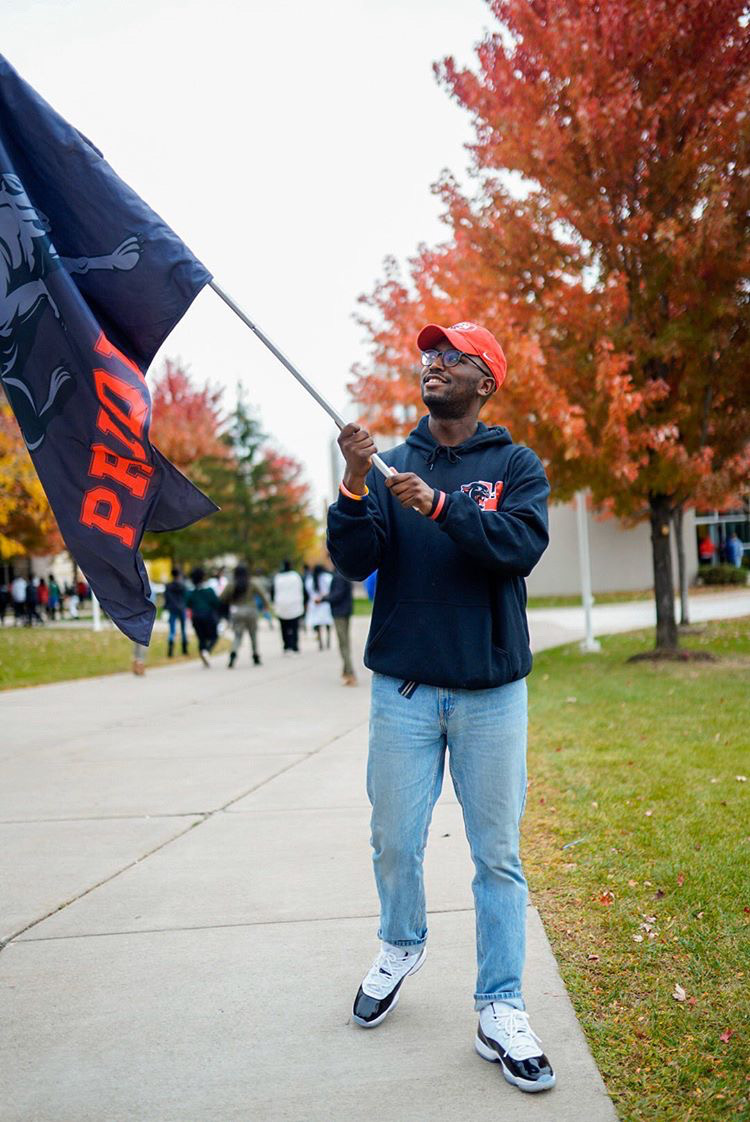
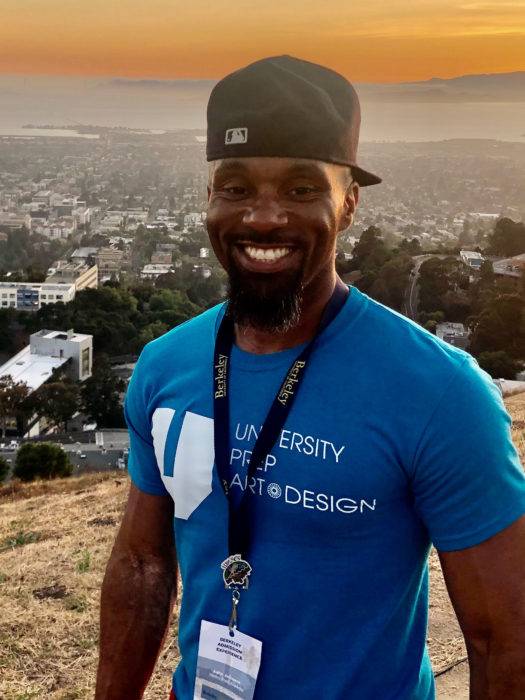
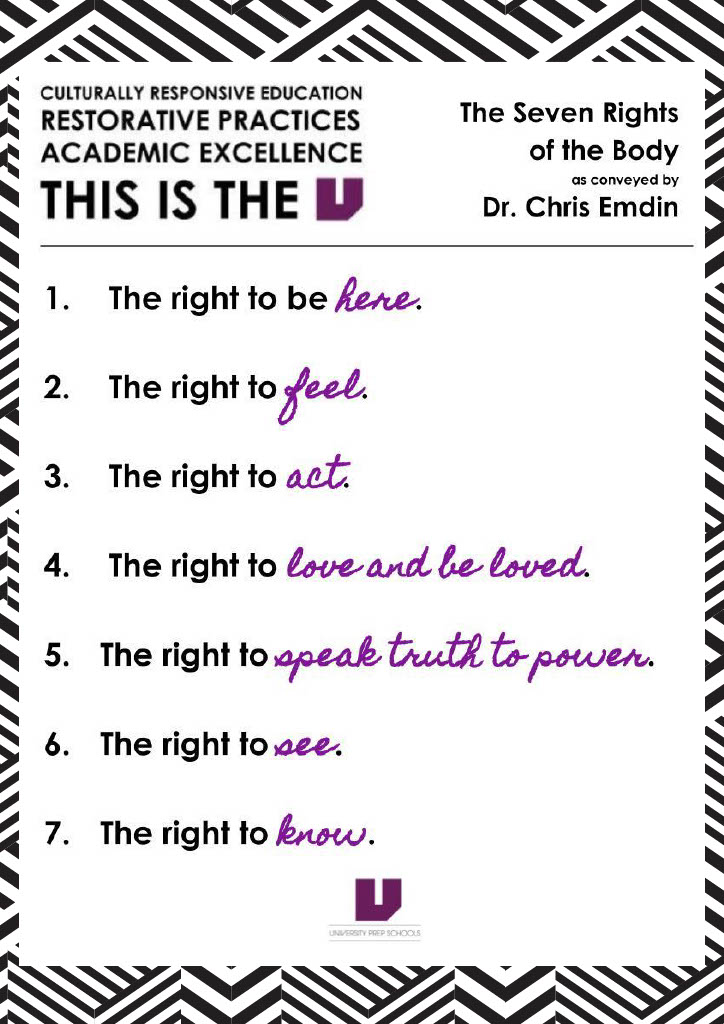
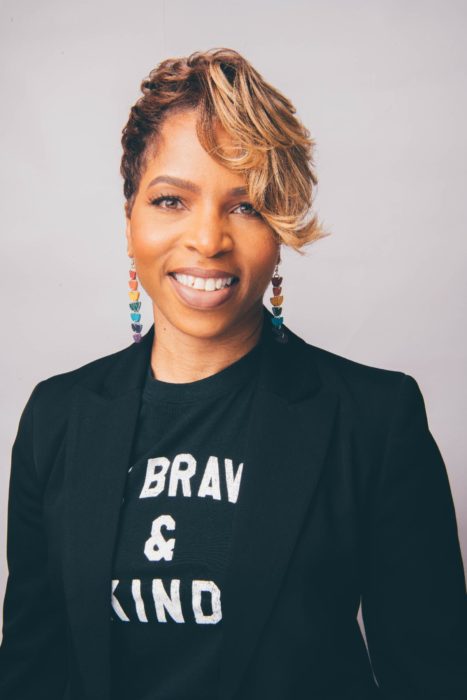
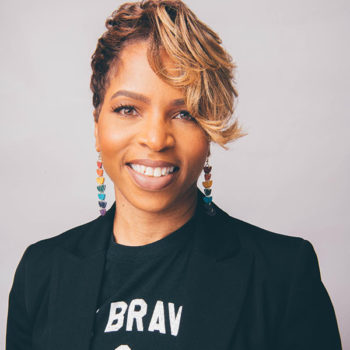

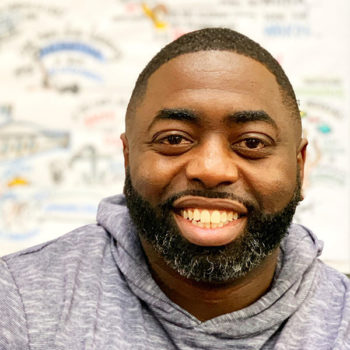
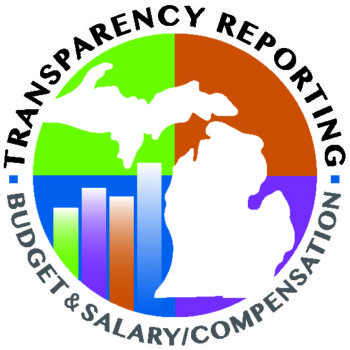
You must be logged in to post a comment.